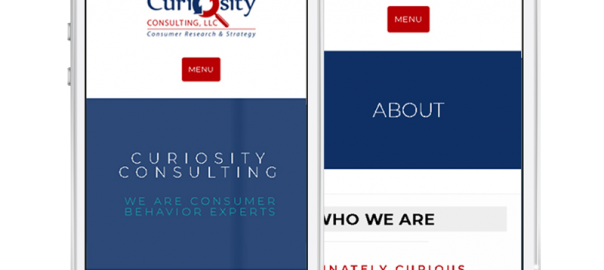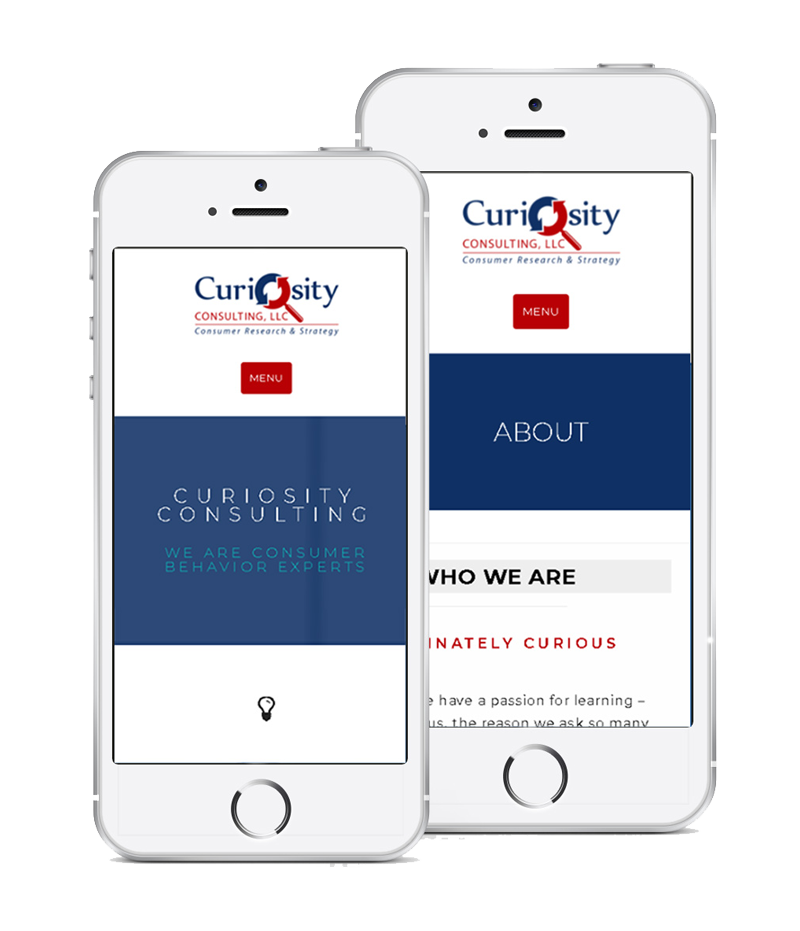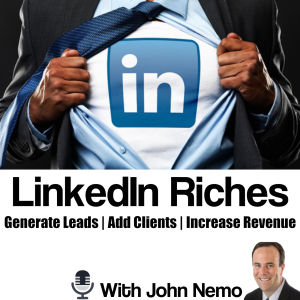— August 29, 2019
Iterative web design is growing as a new method for how a website performs for businesses. Especially with how potential, and existing, customers interact online with their brand.
When someone asks, “how much does a website cost?” I tend to get the chills because it’s never a finished project.
Websites are your 24/7/365 employee that has to clearly communicate to your audience. most customers I’ve worked with rarely know their audience. At least not until months, or one year later after launching their new website.
Growth-Driven Design is a better approach to web development.
Growth Driven-Design versus Traditional Web Design
Years ago when I started in web it was as simple as build a website. Then go to the next customer.
The problem is I always found new customers unhappy about their last web project. Yet, businesses are still starting to understand the importance of a quality designed website.
But the process of launching one is taxing. It can take 3 or 4 months to collectively decide what the company wants on its site. Then maybe another 4 months programming it. Then go live with it and hope that it works.
Therefore you spend a lot of time and money developing it. Followed by a couple years for it to become obsolete, then go through the entire process again.
Companies and marketers have to be smarter. Thus the development process must become more effective in making websites. This method works hard to continually attract and engage the right prospects.
An iterative web design approach
Unlike a traditional process, in which the cycle lasts for up to several years. The iterative web design process is a continual cycle of sprints.
Sprints are defined time periods. That is, anything between one week and three months. During which a company’s marketing team work on improvements to the site.
It should be an easy matter of either creating new content that is not there on your current website. A simplistic explanation is that this method involves moving pieces of content on a page to a more predominant position. Customers tend to understand this explanation of growth driven-design more easily.
Focused on the user
Improvements that are made by an iterative design process aren’t based on hypothetical ideas. They are changes that are made based on how prospects are using (or not using) the site.
In other words, the site is always being updated. But based on data that tells you how your prospects are using your site.
Most importantly, a website is in a continual state of optimization. Therefore it’s always delivering what prospects are looking for.
If you just launched a new website – you probably won’t need to do much at all, for a time. But keep in mind that if you created the website in the traditional way, then you might want to start tracking and planning for your first sprint.
Here’s what a first sprint could look like
During this period, focus on creating your employee page. Start with writing the content, and adding it to the page. You would be surprised how much an “About” page or “Staff” can get attention.
After that, review the data to see what people are looking at, how long they’re viewing it, what their attention is on the page, and where they’re clicking.
Use that data to inform changes to make for the next sprint, and onward and upward. There’s no reason to treat your website as something that gets “done” every few years.
Like any important asset, it should regularly be given the attention it needs to perform its function: to be your company’s smartest, hardest-working sales tool.
Digital & Social Articles on Business 2 Community
(46)




